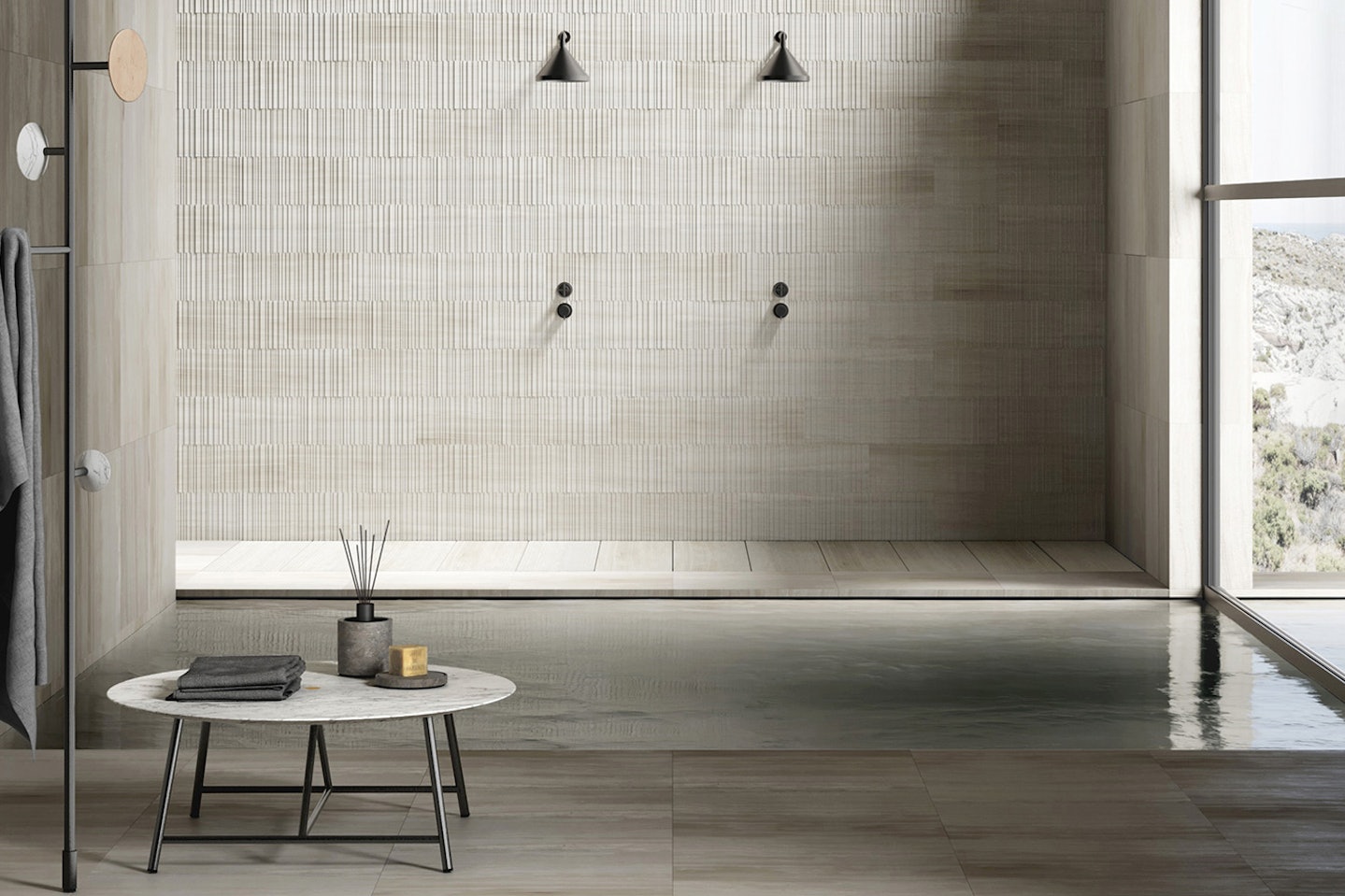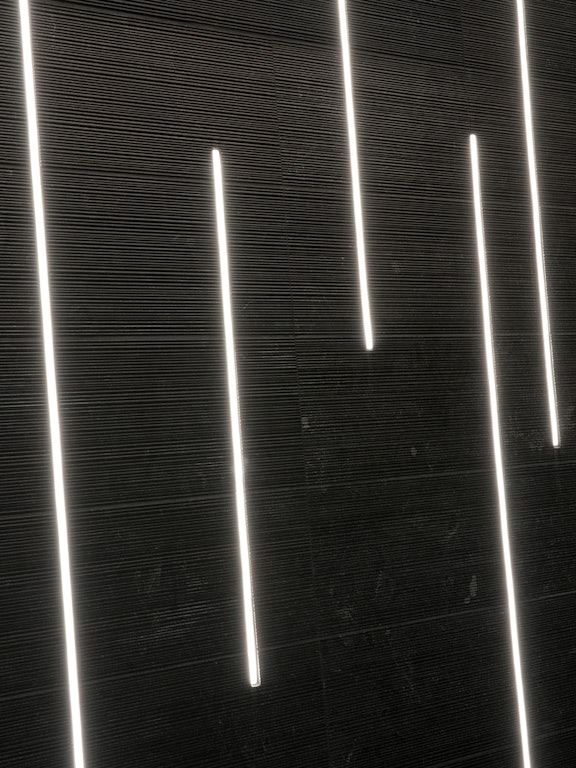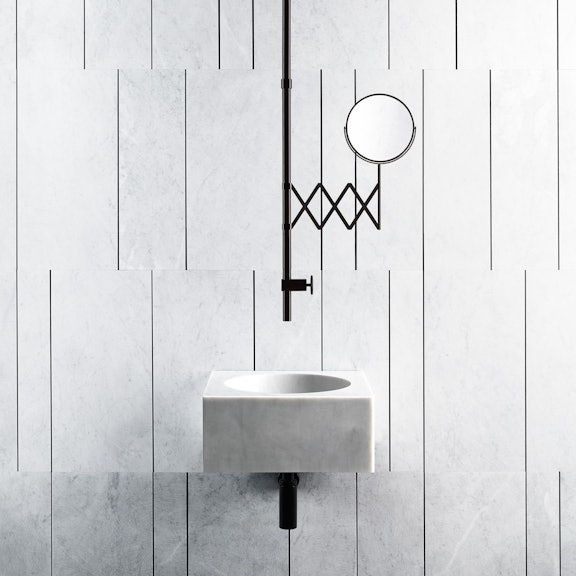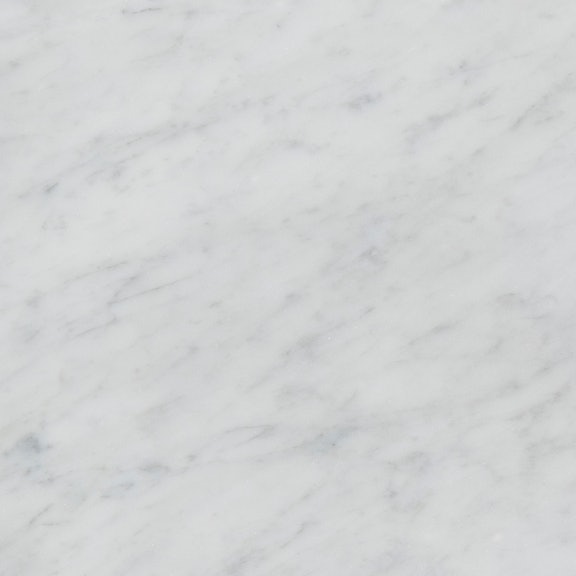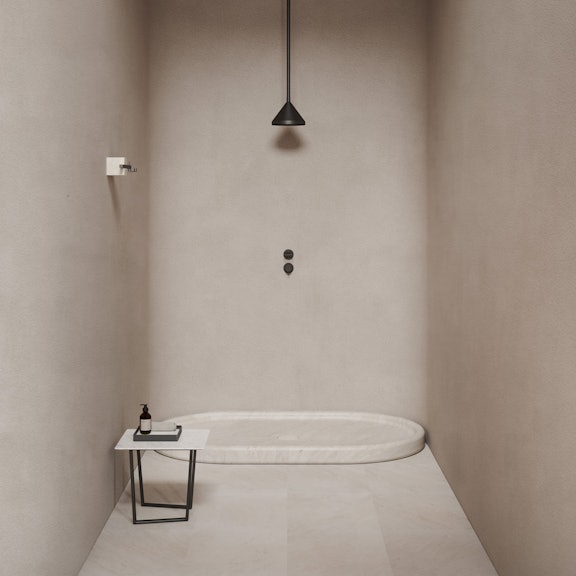How to clean mould from marble: useful tips
03.2022
Learn our tips to clean your marble from mould and restore its original splendour
How do you remove mould from marble? Useful tips for the correct cleaning of natural stone
With the passing of time, it’s possible that even a resistant floor such as marble can suffer from the formation of unsightly mould. Poorly ventilated rooms, or areas particularly exposed to the elements, can suffer from small stagnations of water that over the years encourage the formation of these annoying stains.
What can we do in such cases? And how can we delay the problem? How do you clean marble?
In this article we will see how prevention really is the best weapon, and how to remedy the problem in the most efficient way depending on the size of the area to be treated.
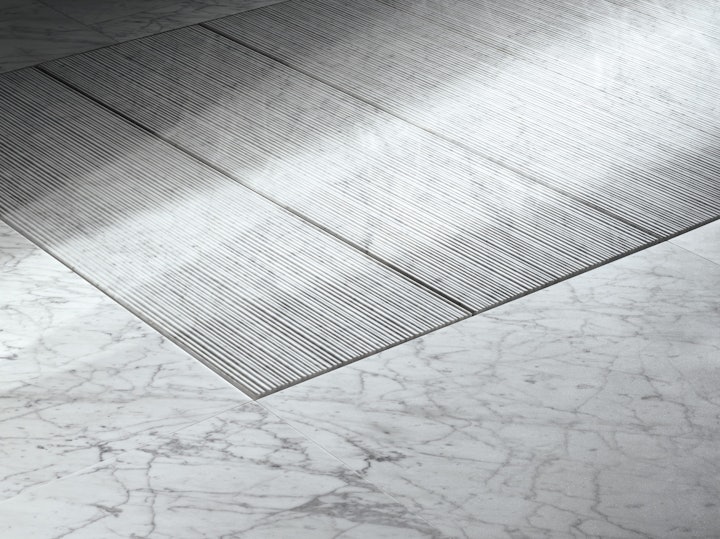
Cleaning marble: prevention is the best weapon
Installing a natural stone floor or wall tiles is always an excellent choice. Why? First of all because it is an extremely beautiful and variable material: every single salt, every single vein, and microhole, characteristic of marbles such as Bianco Carrara and Travertino Chiaro, make each block unique and unrepeatable.
As well as being beautiful, this material is also characterised by an incredible resistance to impact, pressure, and temperature changes. It is no coincidence that natural stone has been chosen since ancient times to erect monuments and buildings that still stand the test of time: think of the thousand-year-old Greek Parthenon or the beautiful, centuries-old Trevi Fountain.
What about stains? Marble, as a stone of calcareous origin, dreads stains generated by acid elements, such as lemon juice or coffee, which deeply affect its structure. Consequently, all Salvatori marbles are treated with waterproofing compounds that slow down the absorption rate of stains, however they cannot stop it: there are no 100% waterproofing products. Drying a stain on the marble in a few minutes is the best remedy to preserve the material.
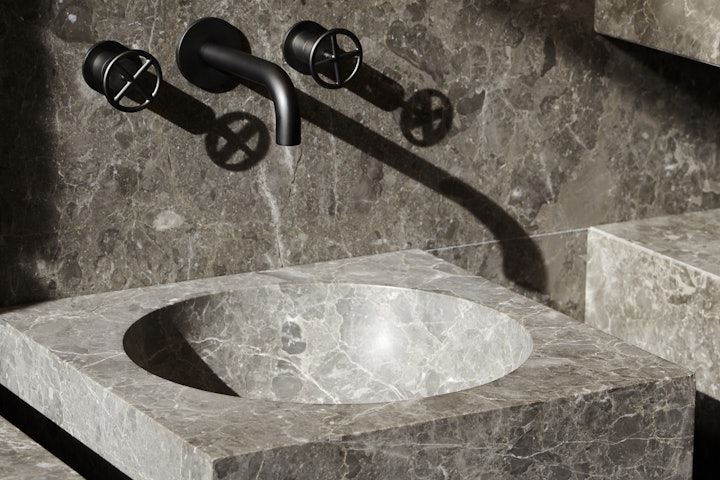
Other types of stains are a different matter. Especially in the case of mould, the creation of stains does not affect the stone but only covers the surface. This is often due to a lack of regular cleaning of the marble, resulting in an accumulation of these microorganisms that continue to grow undisturbed.
The best weapon to bypass the problem of unsightly and dangerous mould is prevention. For routine cleaning, simply clean the marble with mild soap diluted with a little water. Regular maintenance prevents the build-up and subsequent formation of mould.
This saves time and money, and helps maintain the integrity and beauty of the stone, without having to resort to overly aggressive or abrasive treatments.
But how can marble be cleaned when it is too late and mould has formed? Let’s take a look at the solutions that can be adopted depending on the size of the room.
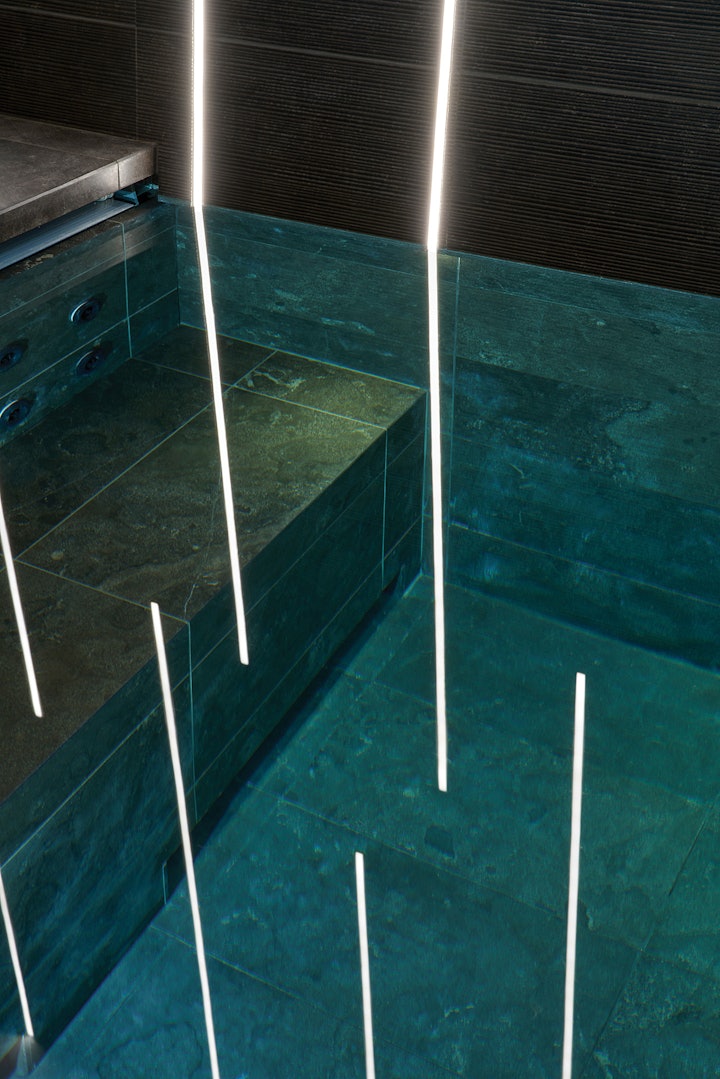
How to clean mould from marble: small surfaces
First of all, let’s take care of small areas. In a marble-clad bathroom, mould can form in very damp areas, such as the marble shower. Ventilating the room well and cleaning regularly, as we have already mentioned, can help to prevent this problem.
However if mould does form, before cleaning marble it is important to remember that this material is of calcareous origins, so the use of very aggressive and acid-based detergents should be avoided at all costs.
On the market you can find many products specifically designed for a safe cleaning of these stones: we recommend that you use the professional Fila Active 1 and 2 detergents. Extensively tested by our technicians for cleaning all Salvatori marbles, these detergents are perfect for removing mold and sanitize natural stone surfaces.
Let’s see how to remove stains from marble using the most effective home method. We will need:
- F****ila Active 1
- Fila A****ctive 2
- Water
- A Broom
- A Cloth
- A Hard bristled brush
Before starting, we advise you to wear personal protective equipment, such as gloves and masks: whatever detergent you are using, it is always better to avoid inhalation and direct contact with the skin.
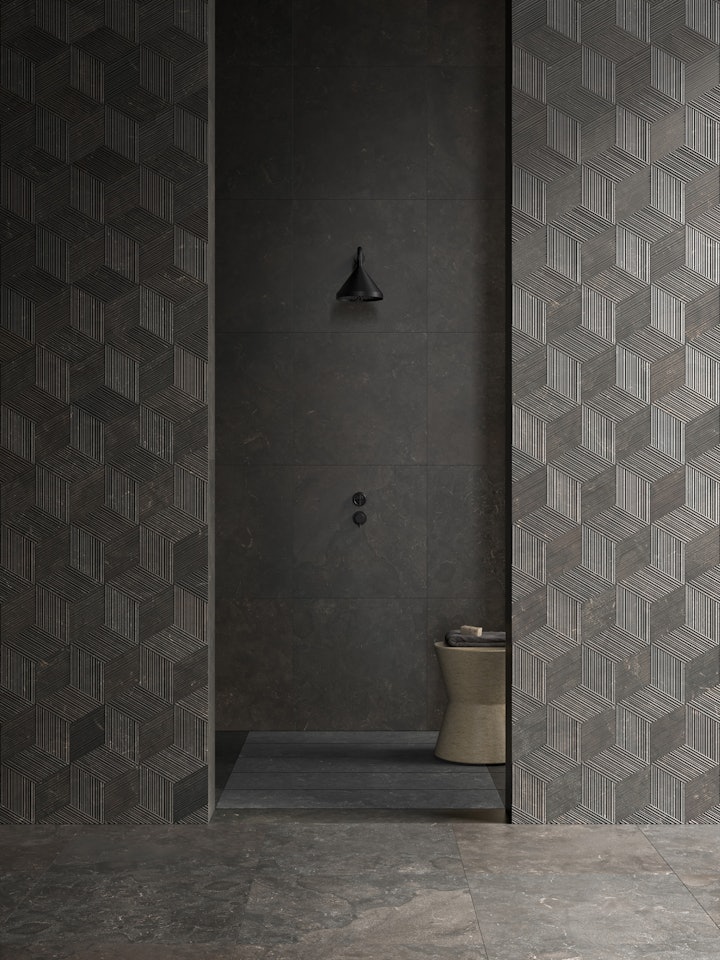
Let us now assess how to proceed with cleaning marble in small areas. As a first step, it’s always necessary to remove all the surface dirt from the surfaces we are going to treat: for this step, a cloth or a broom will help us to remove all the dust.
After the first layer of dirt has been removed, it’s time for the real cleaning process to begin. It’s necessary to wet the entire surface with plenty of cold water and then spray the entire area with the Fila Active 1 product, keeping a distance 15-20 centimeters from the surface to be treated.
After having sprayed abundantly and left to act for 15 minutes, it’s time to use a little elbow grease: in fact it’s necessary at this point to use the hard bristle brush to scrape the mould off the surface.
These steps should be repeated until the stains disappear. When they are gone, clean the marble with plenty of cold water to remove all residues.
Let the area dry perfectly: when the surface is dry, spray the Fila Active 2 product at a distance of 15-20 centimeters, dabbing the excess with a cloth. This additional treatment will help, especially in areas subject to high humidity, to avoid the risk of a relapse.
As long as it is a small area, the operation is quite simple. But what about larger areas? Let’s find out.
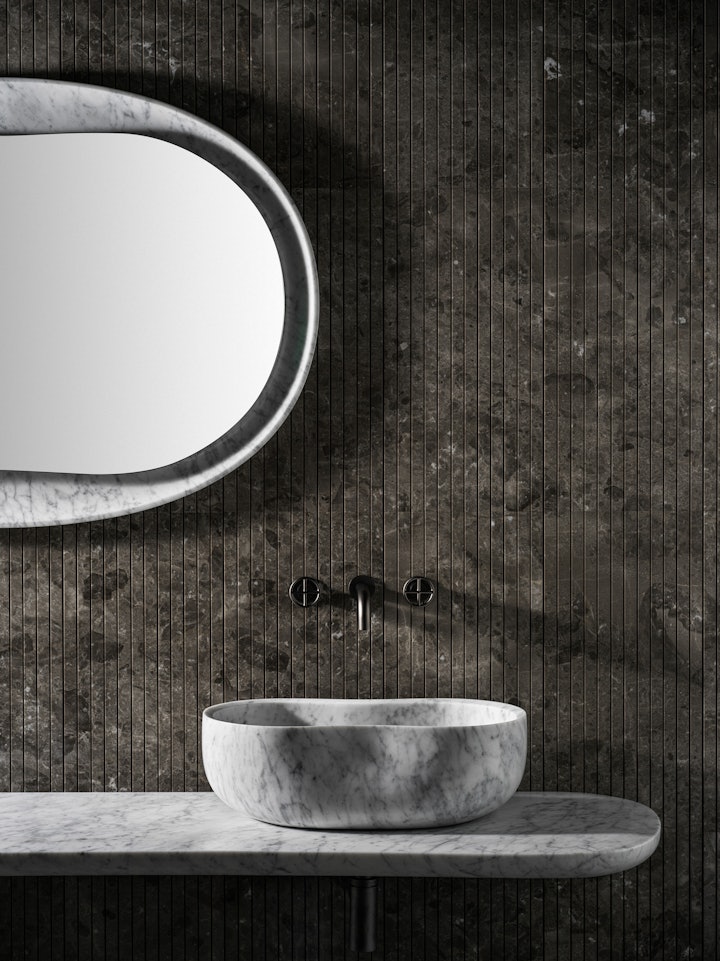
How to clean mould from marble: large surfaces
As we have already mentioned, marble is a material that is very resistant to pressure and temperature changes, which makes it extremely suitable for use in exterior cladding.
However, in these contexts it is often more common to neglect regular cleaning of the area and, moreover, the continuous raging of the elements that can cause water stagnation.
So let’s see together how to clean marble stained by mould when it comes to large surfaces. Again, we recommend the use of special products, which would allow you to clean the area without any major concerns.
However if you want to use products that you already have at home, the list of necessities is quite similar to that which can be used for small areas. We will need:
- Fila Active 1
- Fila Activ****e 2
- Water
- A hard bristle broom
- A pressure washer
Once again, the first step is to remove all surface dirt, such as earth and dust, from the surface with the help of the broom.
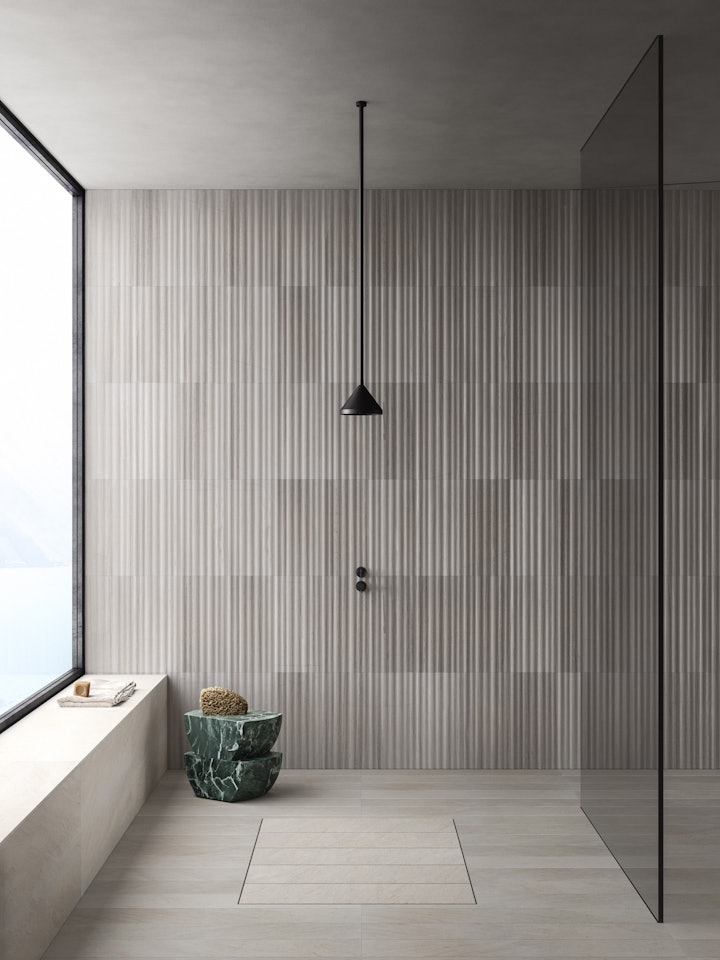
After this has been done, spray the area thoroughly with cold water: the entire surface should be perfectly wet.
Now comes the most complicated step: spreading the product over the whole area. Pure or diluted as required, pour the solution onto one spot and then use the broom to distribute it evenly over the whole area. In the case of wall coverings, which can be prone to mould if placed in the shade, you will need to use the spray again.
Once the substance has been distributed over the entire area, it is time to use the pressure washer.
Because of the size of the area, using a hand brush would not only make the process very tiring, but would also take too long, which would risk drying out the product on marble and creating yellow stains. The powerful jet of the pressure washer will allow you to quickly lift the unsightly dark patina that has settled on the natural stone.
Depending on the extent of the mould, it will be necessary to repeat the treatment several times.
When the stains have completely disappeared, remember to rinse the marble with plenty of water to prevent the product from drying on its surface: try to avoid carrying out this treatment when the sun is beating down on the area, and if you can’t do otherwise and it’s unavoidable at least remember to wet the floor several times to avoid damaging the marble.
Once well rinsed and dried, if the areas are easily subject to mold risk, sprinkle the surface with Fila Active 2: you will see that the colonization of molds will be effectively hindered.
